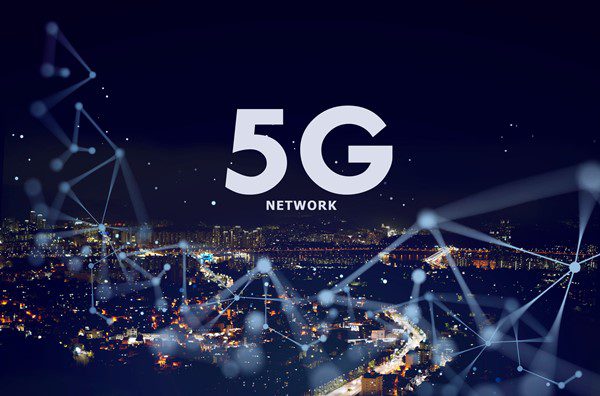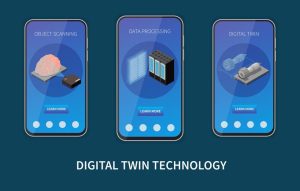Advanced 5G networks are being set up all over the world. These networks have a high data capacity, are more reliable, and have less latency. According to an EU report, the new network technology is expected to raise user data rates by up to 100 times and increase traffic per square kilometer by up to 1000 times.
5G technology also helps important new architectures like edge computing and the Internet of Things grow (IoT). IoT devices produce and gather a lot of data, and 5G was made to handle these large amounts of data. Edge computing moves computing power closer to the end user and the devices that need it.
Even though many edge computing security problems have been around for decades, the new features that come with them make them more complicated and more challenging to solve if you don’t change your cybersecurity strategy.
New vulnerabilities that are specific to 5G will appear
In 2016, a vast denial-of-service (DDoS) attack shut down the Internet for most of the U.S. East Coast. It was because of the well-known Mirai botnet. According to OVH, one of the largest cloud providers in the world, it attacked over 600,000 mission-critical IoT devices that were not secure. This included security cameras.
OVH also says that the attacks were more than 1Tbps, making them the most significant attacks ever. What makes this attack even scarier is that it turned out later that the person who made the botnet did it to hurt rival Minecraft servers and make extra money.
The bug’s creator never meant for it to spread to the whole Internet, which shows that not all cybersecurity threats come from criminal masterminds. As more people access 5G networks, these threats will become more of a worry because more devices will be connected to them differently.
High-performance data networks will be built into everything, from intelligent industrial sensors to smart refrigerators to security cameras. This will give hackers a lot of new devices, systems, and tools they can use to attack.
5G Devices Will Demand the Implementation of More Intelligent Solutions
With more ingenious devices, the security landscape is getting even more significant. Your company’s cybersecurity may be focused on protecting a few internal computers, but by 2024, more than 1.5 billion 5G-enabled mobile devices are expected to be in use. This means you will have to think about new options. And these threats could be in places you wouldn’t expect.
For example, do you have intelligent coffee makers in your office? If that’s the case, you’ll need to develop new ways to protect any connections to or from that device. Have you updated your industrial equipment with new tools for remote control or smart sensors? They will also need to be part of your plan to keep your computer safe.
To match the advanced networking capabilities of your devices, your security solutions will need to be just as broad. This will not only require new security measures, like outsourcing your security to a company with better tools, but it will also significantly affect the privacy and security of your organization as a whole.
Think about how bright your coffee maker is: You might not think it is sharing or sending your company’s sensitive information, but a hacker can use reverse engineering to find out what it is and use it for bad things. For example, they could hook up to a microphone you use for voice commands and change it so they could listen in on your private conversations.
Increased bandwidth will push the limits of current cybersecurity solutions
Today, many security solutions involve monitoring traffic in real-time to find threats based on sniffed data and user activity. For instance, if a worker visits a URL flagged URL, it could signify corporate espionage. Real-time monitoring also lets you find an infected machine before it does any damage.
In any case, the available bandwidth makes it hard for current security systems to keep up with possible threats. Even though limiting bandwidth makes it hard for users to do things, it is suitable for managing data traffic and keeping things safe online.
But that advantage goes out the window with 5G’s faster speeds and bigger storage space. Even though 4G networks are rapid, they can only go as fast as about 12.5 MB/s. But 5G is expected to offer data speeds of up to 2.5 GB/s, which is a huge jump.
Your 5G cybersecurity plan needs to be updated to take advantage of these new features, especially when it comes to monitoring, preventing, and encrypting data. Due to 5G’s increased speed, capacity, and latency, many of your older security solutions may become useless.
This scenario is scary because there aren’t many full-fledged 5G networks available to test right now, so it’s unclear what kinds of security upgrades will be needed. To match the higher capabilities of the networks, the hardware, like firewalls, will need to be updated, and new security solutions will need to be made.
Is your company ready to deal with the dangers of 5G?
5G is no longer a future technology; it is already here. Technology has tremendous potential for boosting the Internet of Things and creating a more connected world with steady economic growth.
But the excitement about the rollout of 5G networks is tempered by the fact that new security threats will have to be dealt with. It’s a new era in cybersecurity because whole markets are starting to switch to this technology. Because of this, you require to provide your business is ready for the risks of 5G.



